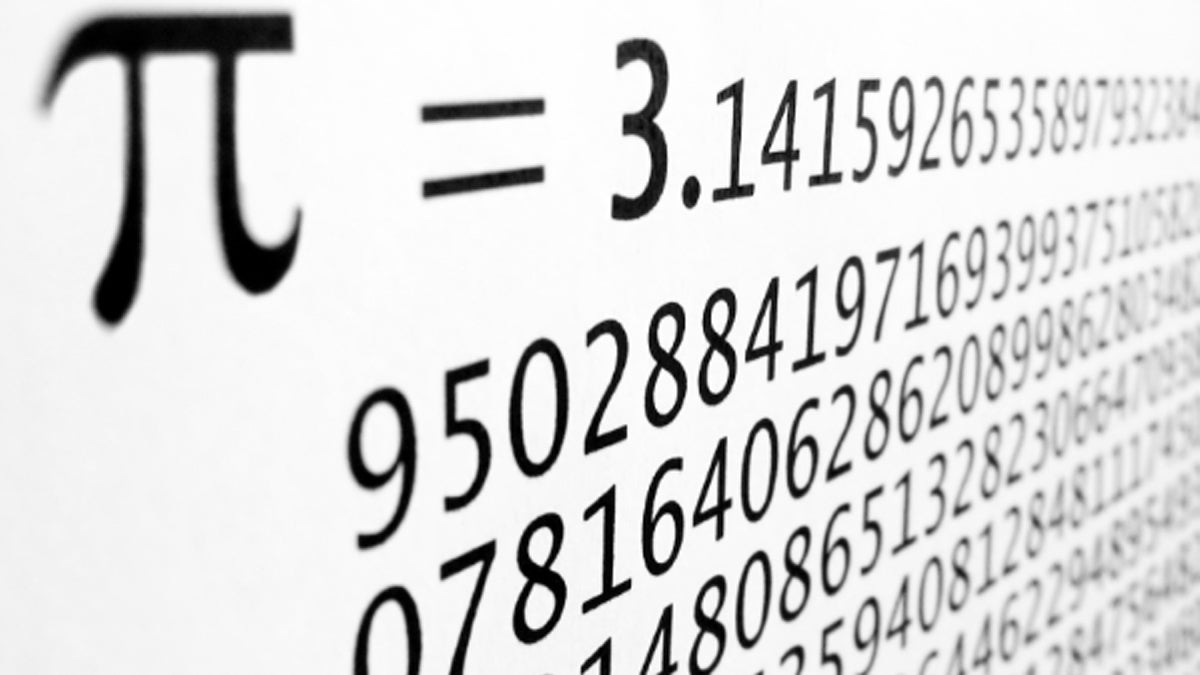3.1415: A Pi Day for the century
Listen
Attention nerds…Pi Day is Saturday…rejoice!
Saturday, March 14th is what the pocket-protector-wearing crowd fondly calls “Pi Day.” They are referencing the best-known irrational number of them all: pi. The first five digits of this iconic number are, 3.1415…which happens to be the date Saturday, and thus, the celebrations. In honor of the mathematical wonder, we spoke to Aatish Bhatia, an engineer at Princeton University and the author of the Empirical Zeal blog, to help answer some of your most basic Pi questions.
What is Pi?
Pi is a number that has to do with circles. Bhatia said it’s the ratio of the circumference of a circle all the way around to the diameter all the way across. He used a metaphorical one-foot-wide circle and string to better explain what he meant.
“If you were to take a piece of string and pull it all the way around the edge of the [one-foot-wide] circle, how much string would you need?” Bhatia asked. “You would need Pi feet of string to go all the way around. If the circle was two feet wide, you would need 2xPi feet of string.”
What makes Pi so special?
Pi is mathematically fascinating because it’s not like an ordinary number.
“When you think about what Pi is, it’s actually this really weird number, and you can kind of get a sense for how weird people thought it was by the fact that it’s called an “irrational” number,” Bhatia said.
That means Pi goes on forever with no predictable pattern. There’s also a paradox involved with Pi, Bhatia says. You have a simple circle, but in order to figure out its size, you have to use a very complex number.
Who keeps trying to calculate more and more of Pi? And why are they doing it?
There’s a nerd or geek subculture, as Bhatia referred to it, that really enjoys calculating Pi and seeing how far they can take it.
“It’s sort of like the famous retort, ‘Why climb Mount Everest? Because it’s there,'” he said. “So why do people keep calculating more and more and more digits of Pi? Because they can.”
The most recent record he heard of was ten trillion decimal places.
Is there a need for that?
Nope. Even the biggest circle in the world wouldn’t need that many decimal places of Pi for calculation.
“Imagine a circle that’s literally as big as the observable universe,” Bhatia said. “If you wanted to measure the length of that circle down to the precision of a single hydrogen atom, you just need 39 digits of Pi to do that.”
All the other decimal places, Bhatia says, are just the icing on the cake. Or, in this case, icing on the pie.
WHYY is your source for fact-based, in-depth journalism and information. As a nonprofit organization, we rely on financial support from readers like you. Please give today.



